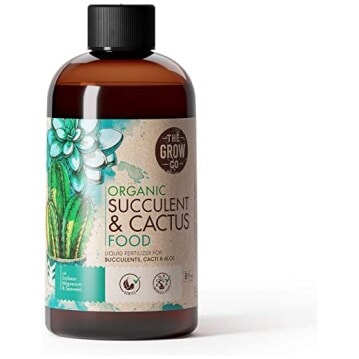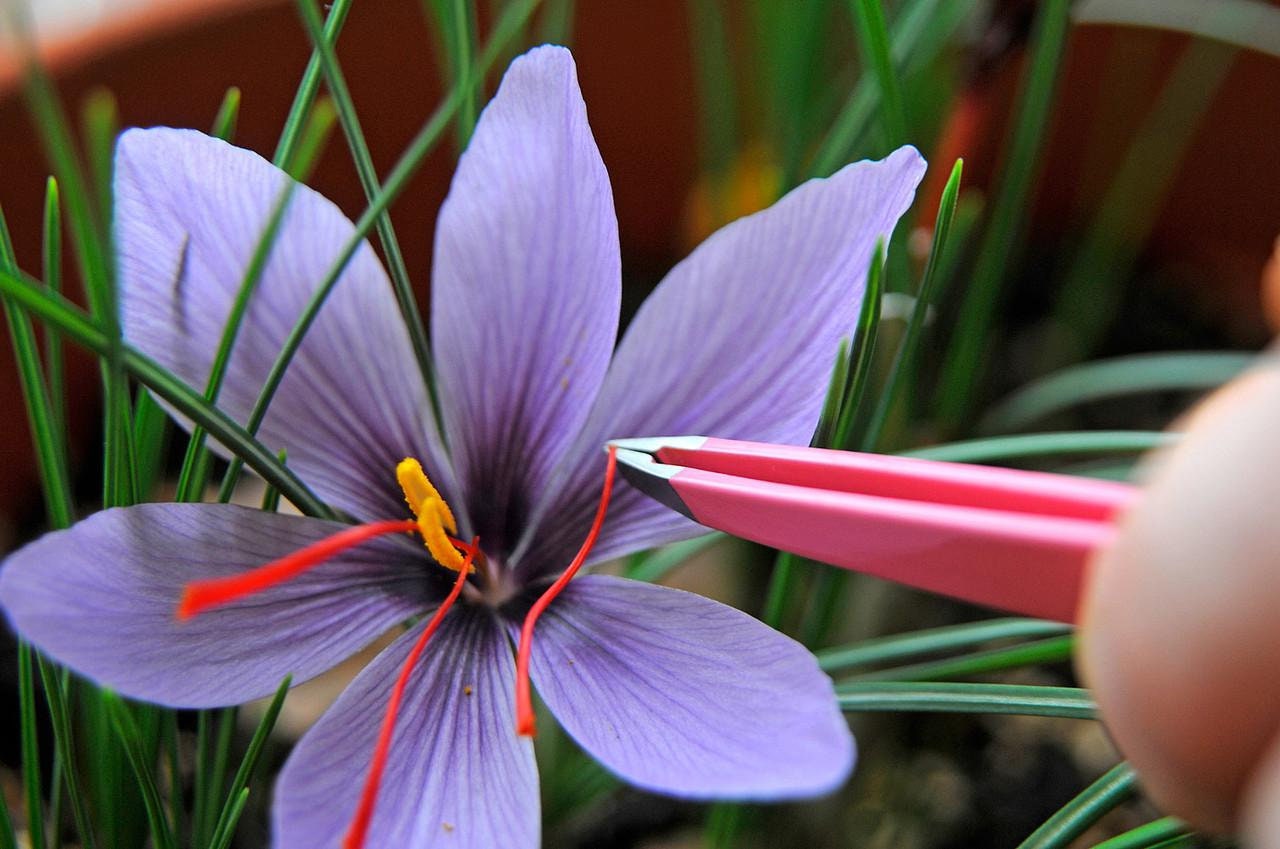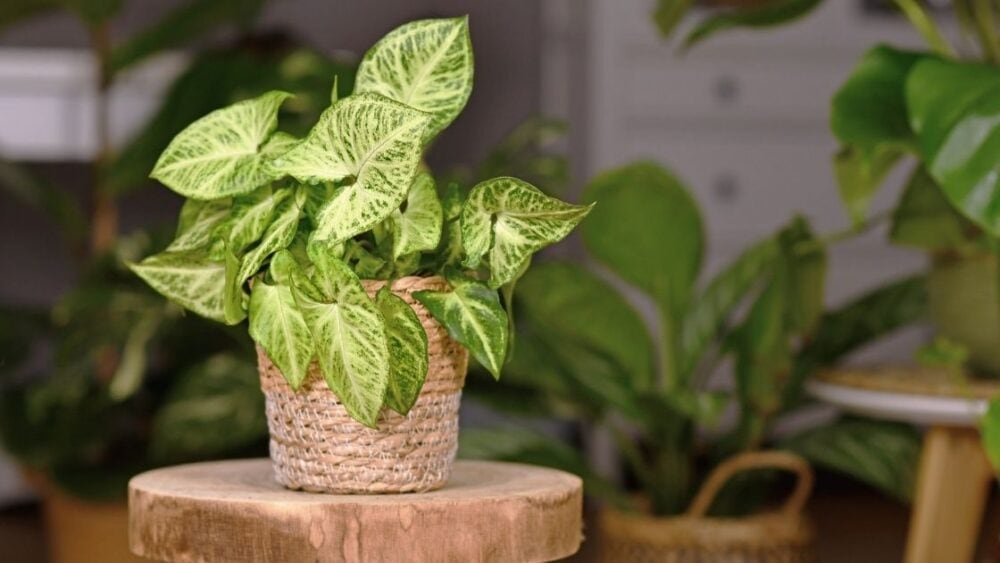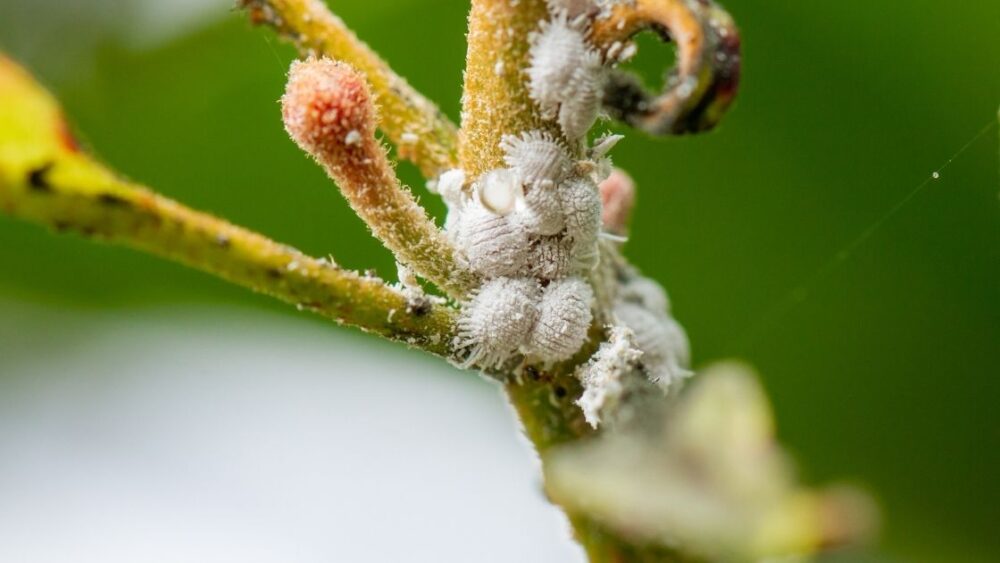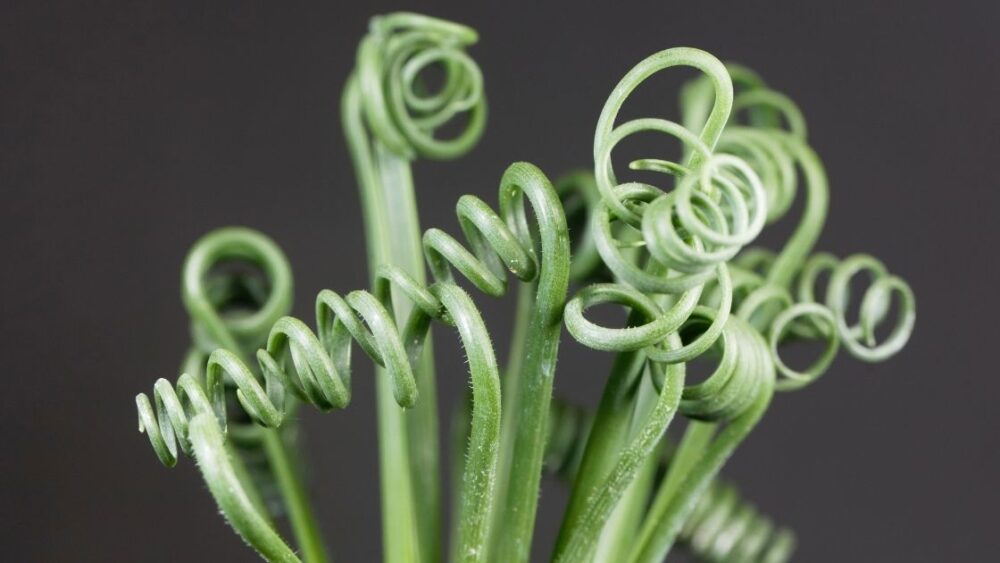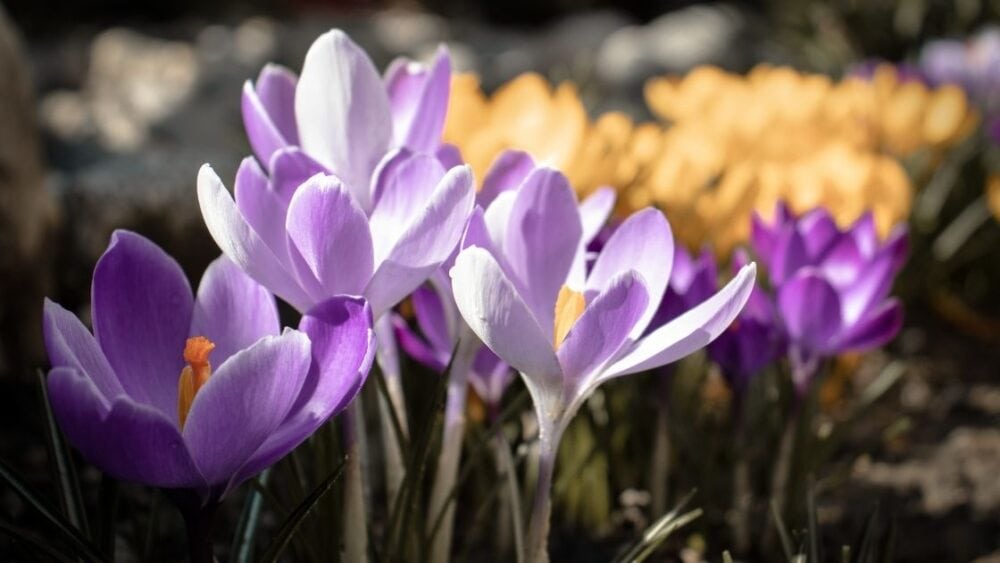
In the following paragraphs, we’ll explore the annual cycle of this plant and will take a closer look at water, sunlight and care it requires. We’ll also see if it’s possible to grow it indoors and in which climates it may have trouble surviving during the winter. Let’s get started!
The saffron crocus (Crocus sativus) is one of the most highly-valued flowering corm crops. The word ‘corm’ is a botany term that refers to the swollen underground stems of the plant, which are usually just referred to as a ‘bulbs’. Although Crocus bulbs look very similar to the bulbs of tulips and lilies, they are not true bulbs and consist mostly of stem tissue (as opposed to root tissue).
How Much Water Does Saffron Crocus Need?
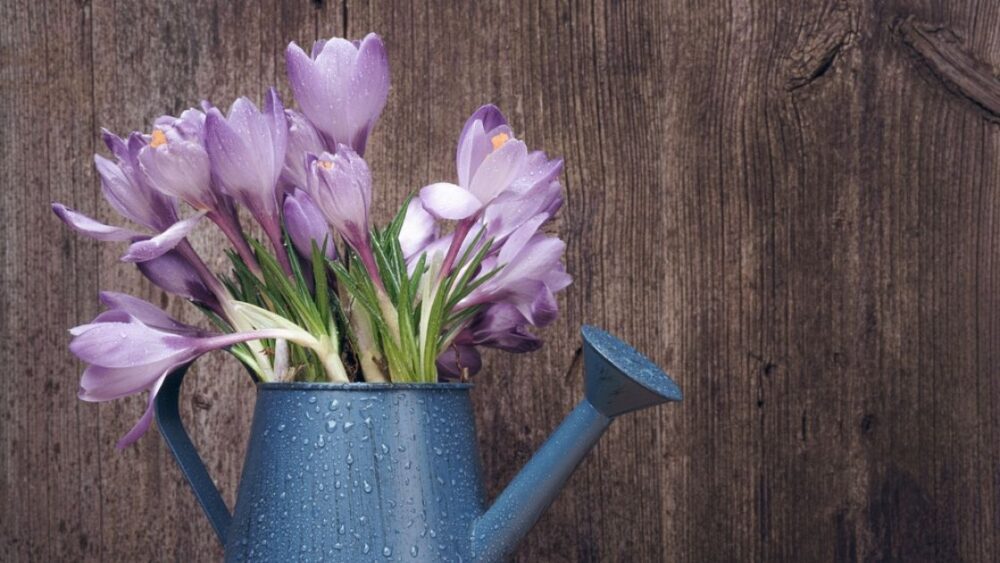
Once planted around late summer (at least 6 weeks before nighttime temperatures approach freezing), saffron crocus corms will need very little water, but excess water will not usually harm them. Exceptions are very compacted soils, which are better left too dry than too wet.
Browse our Affiliate Products
The bulbous corms already contain most of the energy necessary for blooming and root development. Because they are planted deep (at least 4 inches into the soil), they will be able to absorb moisture, even if the surface of the soil looks dry. If there has been no rain for weeks, feel free to water the planting locations of the corms generously.
How Much Sun Does Saffron Crocus Need?
To answer this question, we need to understand the annual cycle of saffron crocus and decide whether or not we want to grow it year-round from the same corms, or purchase new ones each autumn.
If you purchase saffron corms to plant late in the summer (as is usually done), the bulbous corms will contain most of the energy necessary for flowering. Depending on the size of the corms and how much sugar and starches they have in store, flowers can successfully emerge even in very light-deficient conditions.
However, it’s still best to plant the bulbs in locations that receive some full sun. The flowers will usually emerge together with a few leaves, which can photosynthesize and provide a lot of additional energy, guaranteeing large, healthy flowers. And small corms can have very little reserves, relying more heavily on photosynthesis during the flowering period.
Once the flowering period of saffron crocus is over, it will develop many tall, grass-like leaves. During the next 6 to 8 months, those leaves will collect energy from the sun and pump it back towards the ground, forming new corms/bulb on top of the original one.
During this ‘recharge period’, the plant will require full sun, or at least partial shade. Getting rid of snow, or other obstacles that shade the leaves (like tree leaves or leaves of taller companion plants) will ensure that nice, big corms develop for next years flowering cycle.
Other Environmental Conditions Important For Optimum Growth of Saffron Crocus
Saffron crocus is easy to care for, as long as you have a suitable climate. If you live above USDA zone 6, very little effort is required – the flowers will automatically come back every autumn, followed by the leaves, which will die back when the dry summer approaches, and the cycle repeats over and over again. Every spring or summer, you can dig up more newly formed corms/bulbs and plant them elsewhere, sell them or give them to friends.
Saffron crocus can even be grown in pots, as long as they are sheltered from freezing weather. Pots make it a lot easier to dig up newly formed corms, making them suitable if corm production is a priority to you.
For more information on flowering blubs, check this article on lilies. Why Are My Lily Buds Not Opening? Solutions and Care Guide!
What Temperature & Climate Is Required?
Mediterranean climate is best – a wet spring and fall, combined with a dry summer will give you the healthiest saffron crop. However, saffron crocus can be grown in almost any climate and if the corms are planted deep enough, frosts can rarely get to them and damage them.
Even in USDA zone 4-5, the green leaves that emerge after flowering, will often have enough time to replenish the nutrients in the corm before they are killed by the frost.
Type of Soil and Fertilization
Saffron crocus grows in any soil, but a rich, nutritious one, high in compost works best. Because the corms are planted deep, good drainage is a must to prevent waterlogging and rotting problems.
Drainage-enhancing amendments like perlite and coco coir can be added to any soil to make it more suitable. Saffron crocus can also do well in poor, sandy soils, as long as weekly fertilization is provided during the autumn and spring.
Can You Grow Saffron Crocus In Pots?
This is definitely a possibility, but the pots will have to be sheltered form the frost, even in USDA zone 7-8.
If the bulbs are buried 4-6 inches into the ground, the temperature will never reach freezing there, even if the early morning ambient air temperature falls to 10F(-12C).
This is not the case with pots, which have exposed sides and lack the thermal mass of the earth – they will either have to be buried in the ground, insulated with heavy mulch layers, or moved back to a warmer spot.
For more information on pots, check out this article. What is the perfect pot for my plants?
Can Saffron Crocus Grow Well Indoors?
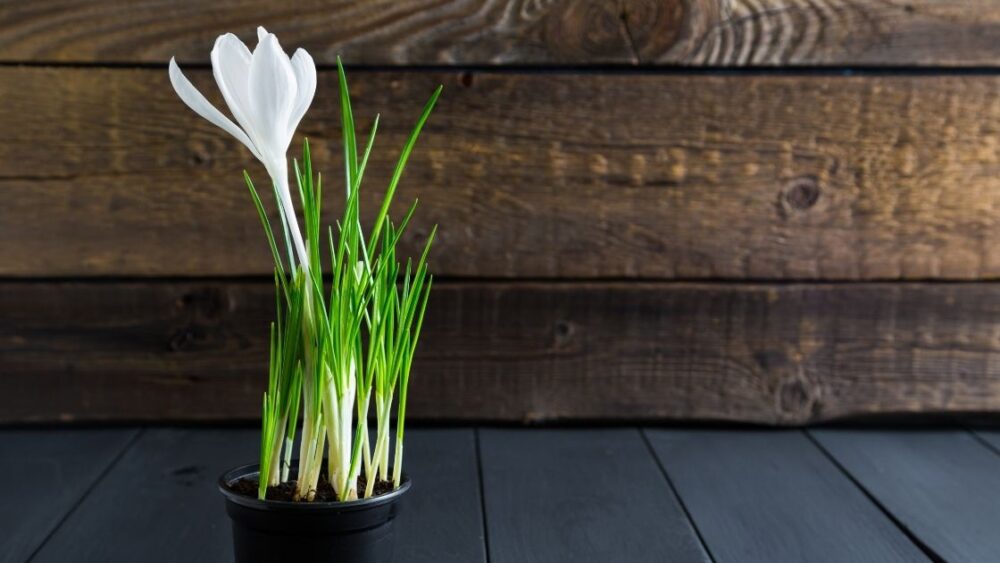
A bright windowsill that stays cold during the winter can be used to grow potted saffron crocus plants year-round. However, because saffron crocus is a relatively hardy crop (USDA zone 5), there is little reason to want to grow it fully indoors.
Wilting and Other Common Problems In Saffron Crocus
This is a plant that is very resistant to all sorts of diseases and problems – it puts out short growth that is resistant to wilting and it synthesizes many compounds which protect it from pests.
Still, rodents can sometimes dig up the bulbs if they aren’t buried deep enough and various insects can infest the leaves in very warm USDA zones (above 8). Wilting is uncommon and is usually caused either by a severely waterlogged soil or simply by dehydration.
In very poorly-draining soils which are frequently overwatered, the corms may rot away without putting out any flowers or leaves.
Final Thoughts
Saffron crocus is easy to grow – all it takes is burying the corms (bulbs) at a depth of 4 to 6 inches during late summer. It’s a very resistant plant and the underground corms can survive heavy frosts.
After the flowers emerge, new leaves start to form, which last throughout the winter. This period is critical for the ability of the plant to put out new flowers the following year. During this leafy period, it’s best to give the plant full sun.



